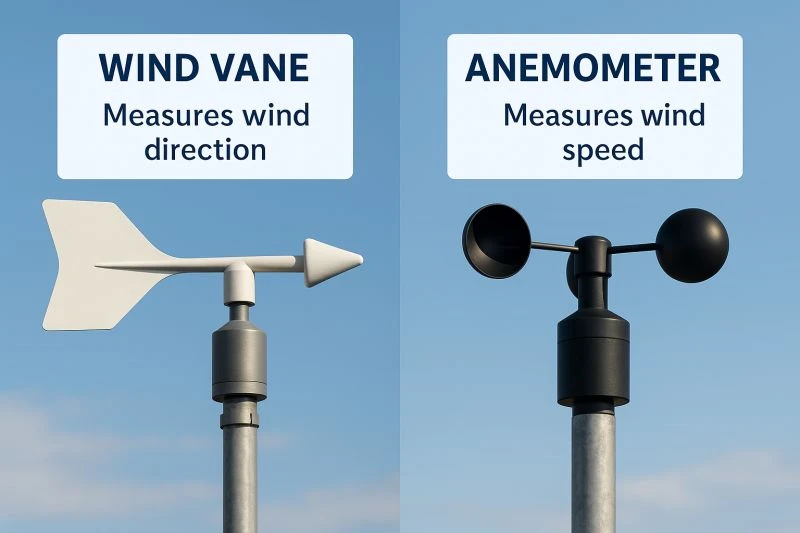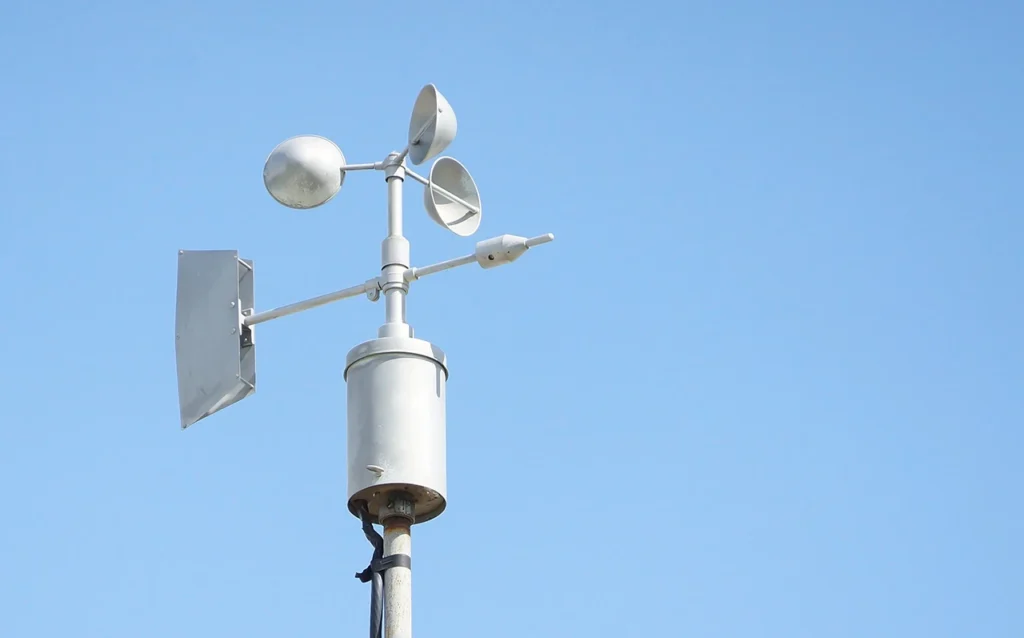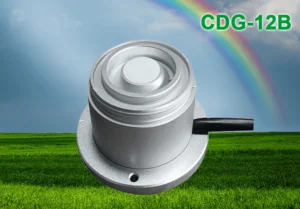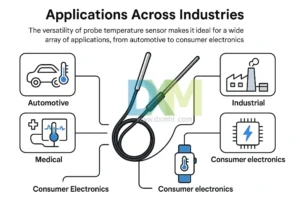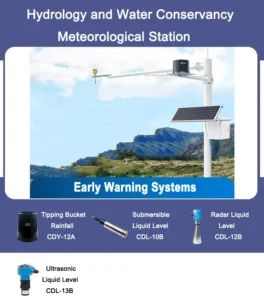What Drives Innovations in Cup Anemometer Design and Technology?
Technology plays a key role in shaping our modern way of life. Smartphones and new renewable energy systems have changed how we live and work in many industries. In meteorology, the measurement of wind speed stands as one of the many areas profoundly impacted by innovation.
The cup anemometer is one of the main tools used for this purpose. It has improved a lot over the years. This important tool has been used for measuring wind speed and direction for many years. It keeps changing to meet the needs of the industry.
We look at the reasons for the changes in cup anemometer design and technology. We also look at how these improvements boost accuracy, reliability, and overall effectiveness.
Understanding Cup Anemometers
Cup anemometers, sometimes referred to as Robinson anemometers, are among the most widely used tools for measuring wind speed. Their design usually has three or four cups. These cups have a bowl shape or a cone shape. These cups are placed evenly on flat arms.
The arms come out from a central vertical spindle. As the wind blows into the cups, they spin based on how fast the wind is.
The cup anemometer has a simple design. It is strong and low-cost. These features are important in fields like weather, aviation, energy, and research.
The Evolution of Cup Anemometers
The history of cup anemometers goes back to the 19th century. Irish scientist John Thomas Romney Robinson made the first known design.
His invention had four half-spherical cups. These cups were linked to a vertical axis. Robinson’s design was groundbreaking, but it still had some limits in how accurate and far it could go.
Since it was first made, many researchers and developers have improved the cup anemometer to solve its early issues. These efforts aim to improve accuracy, increase range, and enhance reliability in various conditions. These new ideas have created the tools we use today. They are efficient and accurate.
Improving Aerodynamics
A key area of innovation is making cup designs better for aerodynamics. Early designs used simple cone or half-sphere shapes. These shapes worked well at first.
However, they were later found to be not very good for aerodynamics. This led to efforts to make the design more efficient. Now, shapes like spheres and bullets are often used.
These new cups cut down drag and reduce the turbulence from the air moving around them. This leads to much more accurate wind-speed readings in different conditions. Modern cups are often made from light materials like aluminum or good-quality plastics.
This makes them react quickly, even to a light wind. Improving aerodynamics has really helped increase sensitivity and ability in many different uses.
Durability Through Enhanced Materials
Another important reason for new cup anemometer designs is the use of stronger materials. Early versions were often made of weak materials. These materials can be easily harmed by the environment. This made their lifespan and reliability shorter.
Manufacturers are now using stronger materials. They now use stainless steel and advanced composites like carbon fiber. These materials work better in tough outdoor conditions.
Modern cup anemometers are made from strong materials. This helps them resist damage from harsh weather. They can withstand strong winds, very high heat, cold weather, and harsh environments.
This strength makes it useful in tough situations. These include wind farms at sea, monitoring stations far away, and tough weather conditions. This makes them very important in key operational areas.
Advancement : Electronic Sensors and Data Collection
In recent years, new electronic sensors and improved data collection have led to advances in cup anemometer technology. Traditional models relied on mechanical systems to track wind speed and direction. They worked well, but they needed people to watch them. They also gave only a little data.
The use of modern electronic sensors has changed how cup anemometers work. Many devices today have magnetic sensors or optical encoders.
These tools give precise measurements and dependable data results. Using data loggers and wireless tools lets us monitor things in real-time. We can also access data from afar.
The ability to collect and study large amounts of wind data offers great benefits to many industries. In meteorology, it is important to have accurate and timely wind measurements. They help predict the weather, study climate, and look at events in the atmosphere.
In the renewable energy field, cup anemometers with sensors are important. They help boost energy production at wind farms. They also check how well the turbines are working.
Advancement : Integration with IoT and Big Data
As global connections grow, the cup anemometer industry has used the Internet of Things (IoT) and Big Data. They provide advanced solutions. Connecting cup anemometers to IoT platforms allows for continuous data streaming.
It also enables remote device management and advanced analytics. This connection makes maintenance simpler. It sends automatic alerts when there are issues. It also helps connect with bigger weather monitoring systems.
Big Data analytics leads to more use of cup anemometers. It helps find wind trends, predict changes in wind patterns, and improve wind speed forecasts. These IoT and Big Data connections have greatly improved the technology of cup anemometers. They have opened new opportunities in many fields.
Conclusion
The constant search for better cup anemometers is driven by the need for more accuracy, strength, and usefulness. New advancements have improved how we measure and understand wind speed. These include improved designs for aerodynamics, electronic sensors, and the use of IoT and Big Data.
These improvements have made cup anemometers stronger, more flexible, and easier to use. They help industries such as renewable energy and weather science.
As technology gets better, we look forward to new and exciting designs for cup anemometers. These new tools will improve how we measure wind. They will also help us understand atmospheric science more clearly.
